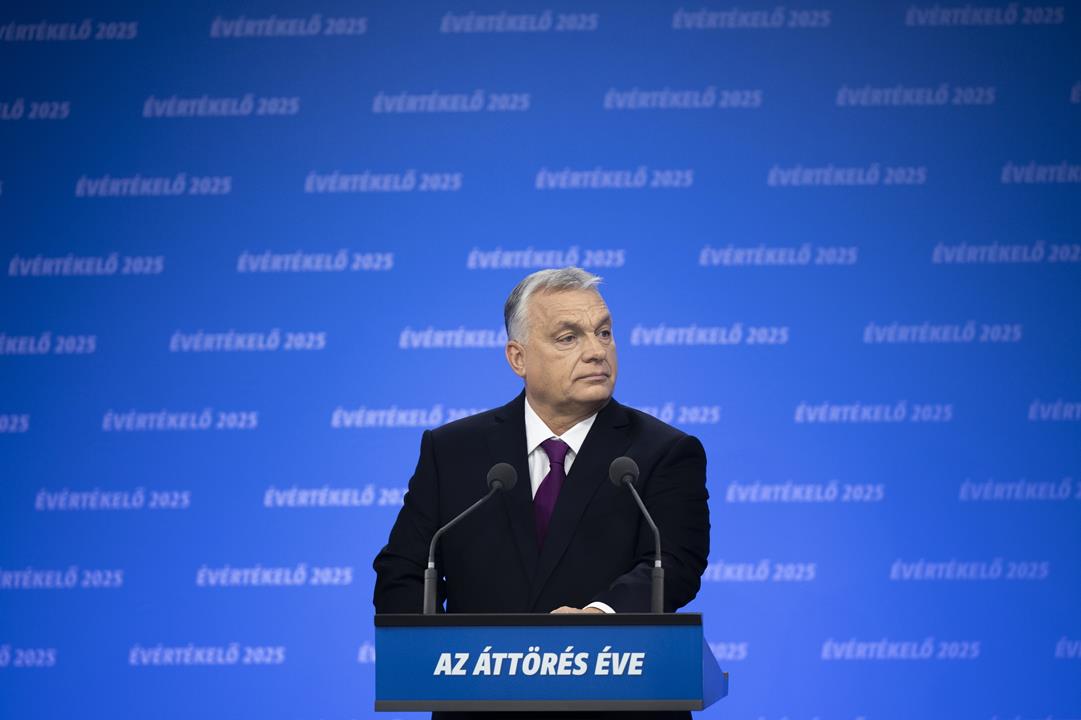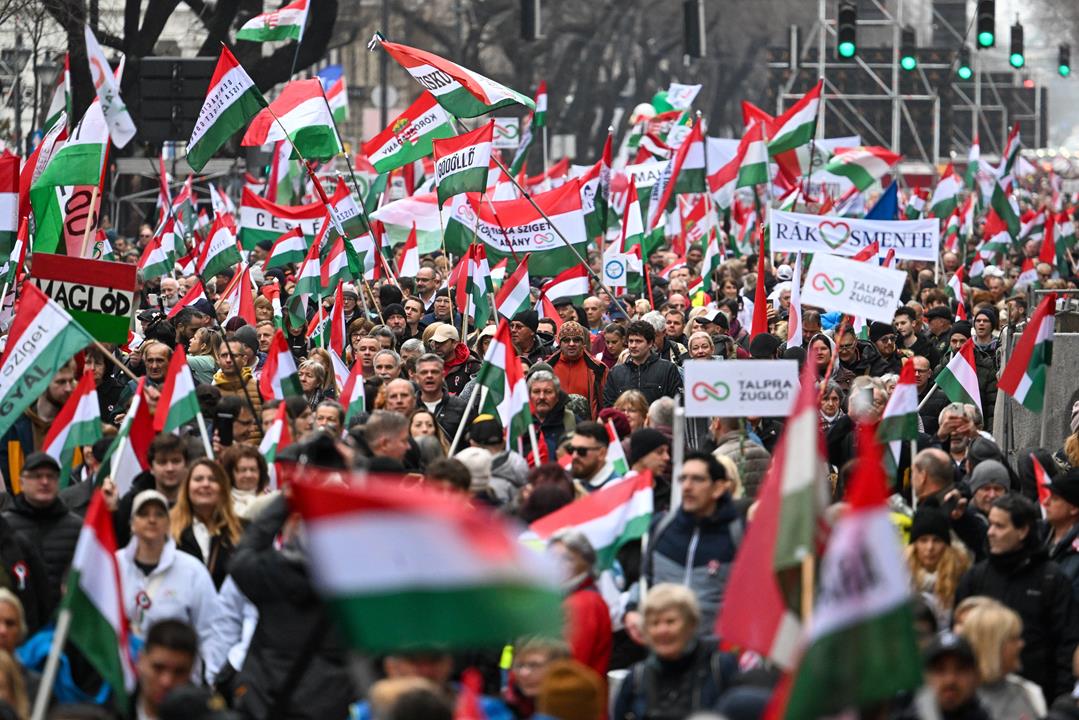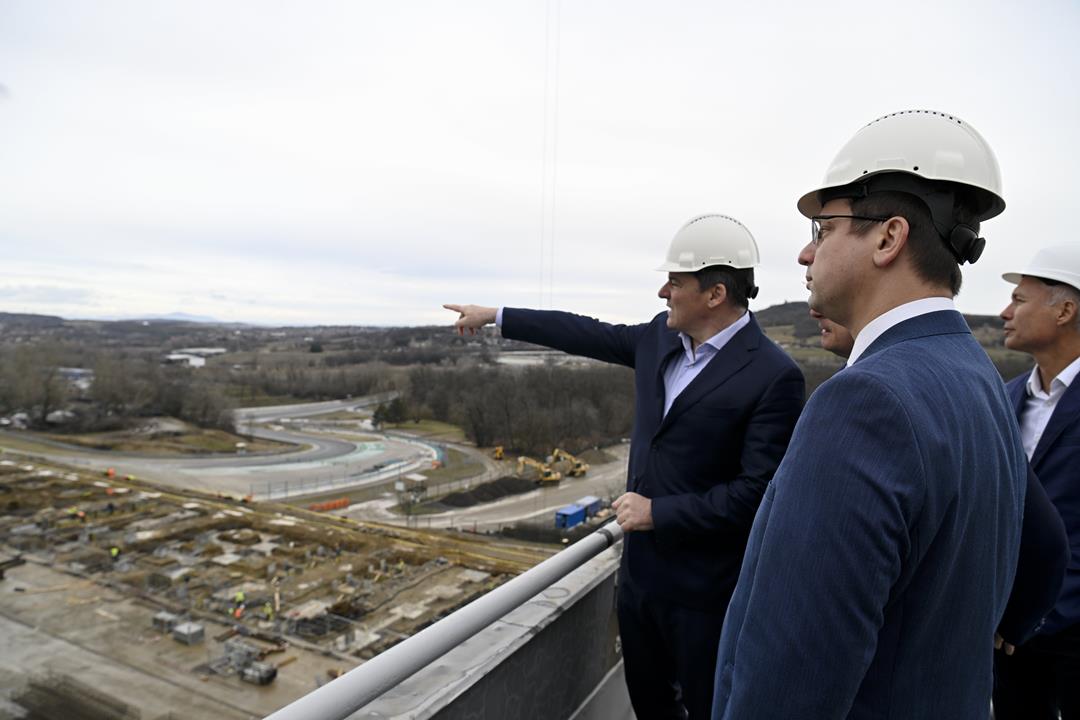Orbán cabinet would like to take up a gigantic, EUR 10bn loan from the USA, Japan, China or Qatar

The 2026 general elections are approaching, and PM Viktor Orbán and his Fidesz party are no longer leading the polls published by non-governmental pollsters. This is partly because of the struggling Hungarian economy and the frozen EU funds. To bypass those difficulties, according to insider information, the Orbán cabinet is prepared to take up a gigantic, EUR 10 billion loan. The decision, in principle, has been made. Now, they are trying to find sources from the USA, Qatar, China, and Japan.
EUR billions frozen and inaccessible for Hungary
Szabad Európa’s András Kósa wrote about the gigantic Hungarian governmental loan that the Orbán cabinet would like to take up to boost the struggling Hungarian economy. Although government members retained optimism concerning the country’s development prospects, reality shows the opposite.
The Hungarian GDP growth is slow, and economic development indices are poor, which can open the gate for a potent opposition force to win the elections in 2026—Péter Magyar and his Tisza Party regularly top recent polls done by non-governmental pollsters.

The Hungarian economy would badly need the frozen EU funds, a total sum of EUR 30 billion, almost all non-repayable grants. EUR 21.7 billion is the development fund, of which 7% we lost due to breaking the EC migration rules.
EUR 6.3 billion is frozen due to rule of law concerns, and we will lose EUR 1 billion forever this year. There is a non-repayable EUR 5.8 billion in the RRF bag, an additional EUR 3.9 billion EU soft loan, and EUR 700 million in the REPowerEU financial framework.
The deadline to use that money is 31 August 2026, which means there is a real chance we will lose those amounts as well, since there are several open issues between the Orbán cabinet and the European Commission regarding the fulfilment conditions.
Michael McGrath, the EU Commissioner for Democracy, Justice, the Rule of Law and Consumer Protection, said during a Budapest visit that the only way to gain those monies is to carry out the needed reforms.
Orbán cabinet may take up a gigantic loan
After the 2022 landslide victory, the Hungarian government chose another path: they crossed multiple state developments and, in some cases, continued projects using Hungarian taxpayers’ money. According to Szabad Európa, however, all the possible investment sources have been dried out, and some government-close business circles no longer get nearly enough projects.

Feeding them is important for the Orbán regime, and they would also like to boost the Hungarian economy. Therefore, independent sources confirmed to the media outlet that the Orbán cabinet would like to take up a EUR 10 billion loan from either China, the USA, Japan, Qatar or the European Investment Bank.
An informant said China would give money for specific investments (like they did in the case of e.g. the Belgrade-Budapest railway line upgrade), and EIB would have strict conditions. Meanwhile, Japan would also be strict from a financial point of view. Thus, the most probable partners are Qatar and the Trump administration, which Orbán began to support back in 2015.
Serious consequences
Both MP Tamás Mellár, the former chairman of the Central Statistical Office (KSH) and Péter Virovácz, a senior analyst of the ING, said that EUR 10 billion would increase the inflation but would not solve the structural problems of the Hungarian economy and would not put Hungary on the path of sustainable development. Furthermore, such a loan would increase the Hungarian state debt’s foreign currency composition to 35-40%, which would result in an immediate downgrading of the country’s credit rating.
Before the 2022 elections, the Orbán cabinet distributed billions of euros to pensioners (13th month pension), families raising children (PIT refund), etc. The result was Europe’s highest inflation, which they could not defeat for years and the halt of Hungary’s GDP growth and economic development.
Read also:







